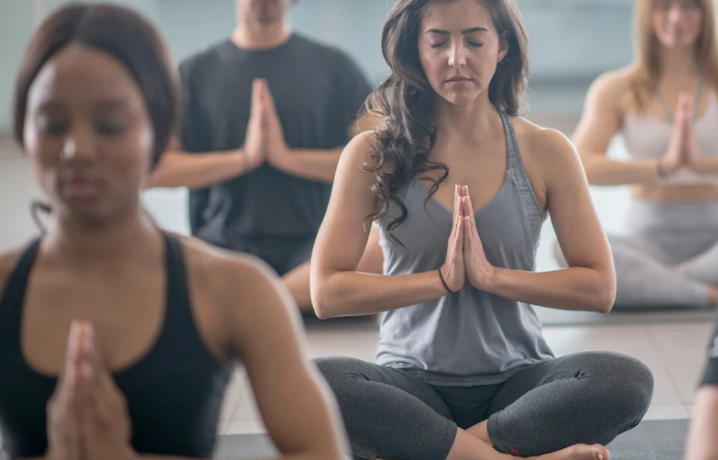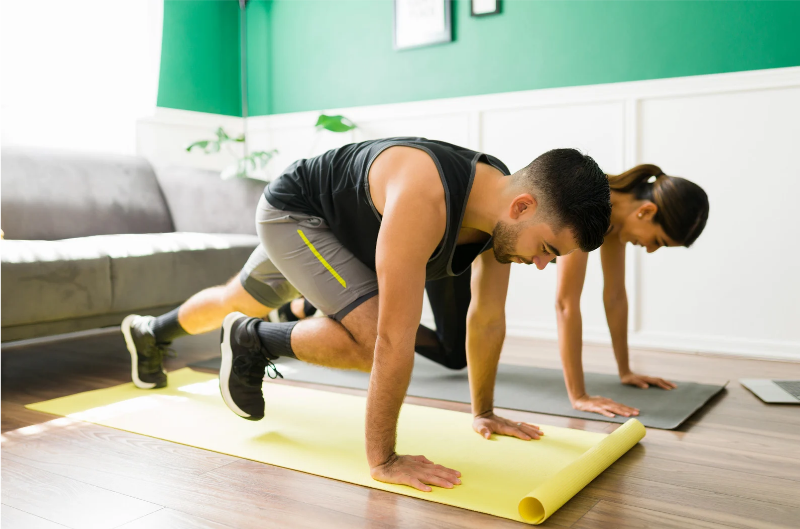Ever find yourself asking, “Where did the day go?” Between work, family, and a never-ending to-do list, it can feel impossible to carve out an hour for the gym. But here’s the good news: you don’t need a 60-minute workout to improve your health. In fact, you can make a real difference in just 10 minutes—about the same time it takes to check your email or scroll social media.
Rethink Exercise: Forget the All-or-Nothing Mindset
Many people believe that fitness only “counts” if you’re sweating it out for an hour. But research shows that shorter bursts of activity—when done consistently—offer many of the same benefits as longer workouts. These quick sessions are perfect when you’re busy, or if you’re just getting started and want to build momentum.
How to Make 10 Minutes Count
Treat your 10-minute workout like a mini full session:
Warm Up (1–2 minutes): Light stretching, marching in place, or arm circles to prep your muscles.
Move with Intention (7 minutes): Raise your heart rate with moderate to high intensity. Mix cardio, strength, or flexibility moves depending on your goals. Examples:
Cardio: Stationary bike, brisk walking, or jumping jacks.
Strength: Pushups, squats, wall sits, or dumbbell exercises.
Flexibility: Dynamic stretches or yoga poses.
Cool Down (1 minute): Slow your pace, stretch, and bring your heart rate back down.
Because the workout is short, effort matters—focus on controlled movements and enough intensity to feel your breath and heart rate increase.
Build It Into Your Day
If you can find three 10-minute sessions across your day, you’ve hit the recommended 30 minutes of daily movement—without blocking off a huge chunk of time. Here are some easy ways to fit it in:
Morning Boost: Do bodyweight exercises right after you wake up.
Midday Reset: Take a power walk on your lunch break or try resistance bands at your desk.
Evening Energy: Stretch while watching TV or invite the family for a quick after-dinner bike ride or walk.
Why It Works
Frequent, shorter workouts help keep your metabolism active, your stress lower, and your energy up—all without feeling like another big “task” on your list. Over time, these small bursts can build strength, endurance, and healthy habits that last.
Health Coach Tip
Start where you are—don’t wait for a “perfect” time or a full hour. Even one 10-minute session today is a win for your health. Commit to small, consistent actions, and you’ll be amazed at how quickly those minutes add up to meaningful change.













